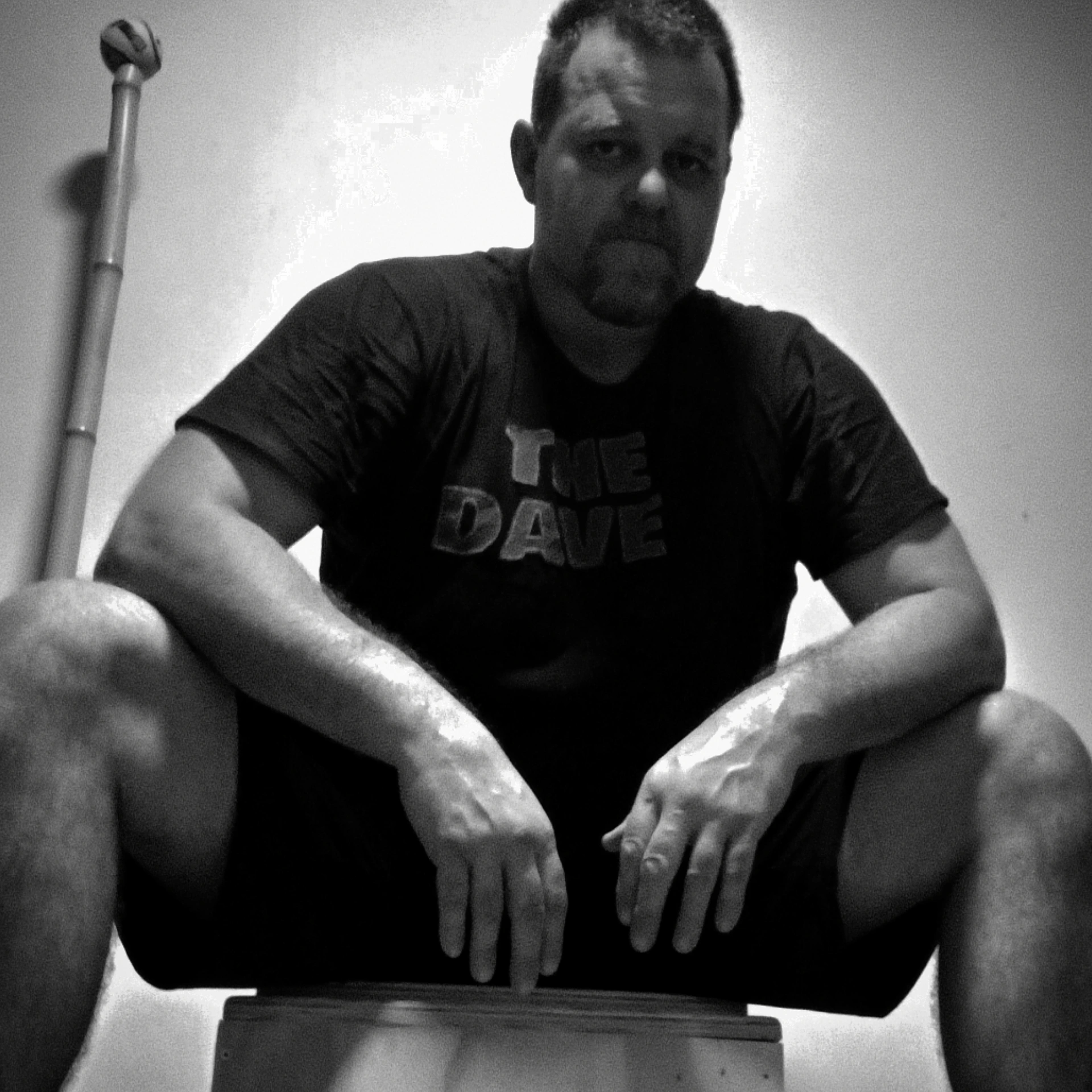Golfers Elbow for Non Golfists
- Dave Hedges

- Jun 24
- 4 min read
Over the last few weeks I’ve had a number of folk complaining of elbow pain.
Either golfers elbow or tennis elbow.
And while I do have a few Golfists on my client roster, I’m not talking
about any of them.
Where we’re seeing this is the lifting population, not necessarily the
sporting population.

And pain that shows up on pulling movements, particularly bent arm pulling.
What do I mean by “bent arm pulling” ?
Think of rows, pull ups, cleans etc where the elbow will bend.
As opposed to deadlifts, farmers walks, hanging scap ups etc where the
arms remain straight.
And in that definition we have our first clue.
The pain occurs commonly when the elbow is bending under load, but not
when we pull with a straight arm.
Why?
I view the body as a unit. Like a bike chain is a series of links, but
works as a single unit.
If one of those links jams up, the whole chain starts jumping, you
immediately feel it.
The body isn’t a chain, but that idea illustrates an idea.
Each joint is a link
If there is a link that isn’t doing its share, then the other links will
have to work harder.
And what surrounds joints?
Muscle.
So some muscles may get overloaded beyond capacity, or may contract and
“forget” to relax again.
Result: pain in the overloaded tissues but not where the problem
actually lies.
And maybe the beginnings of a muscle imbalance, which may or may not
become an issue.
So where does all this take us?
Overly tight forearm flexors and lack of scapula movement/strength
The forearm flexors tend to tighten as we’re constantly gripping,
especially if we’re gripping in the same manner all the time, which with
bars, dumbbells and machines being nice and ergonomically thought out,
tends to be the case.
Standardised kit does bring about its own problems, which is why I’ve
never been a fan.
I like variation in kit, as it goes somewhat to prevent the development
of some training scaps, such as golfers elbow or even psychological
attachment to certain kit.
Solution:
Stretch the flexors and strengthen the extensors.
Basically work on opening the hand as much as possible.
An old school way of doing this was to place your hand flat on a table
and rest a book on the back of the fingers, then lift the book by
lifting each finger up, one at a time.
Try it, if you do, let me know how you got on.
It’s harder than it sounds!
We can also use elastic bands around the fingers and simply open the
hand against it.
For stretching, with a strength element, try to use movement to release
the overly tight tissues, which is great for warming up and cooling down
for a grip intensive session.
The key is movement, these are pulsing type movements:
Finger pulses https://vimeo.com/335697243 - 10-20 pulses then go to palm
Palm pulses https://vimeo.com/335697424 10-20 pulses
This stuff:
So what about the Scapula movement/strength.
Several years ago I was introduced to this idea of “Scapula Strength” or
“Straight Arm Strength” which are terms used in the gymnastics community.
As I played with it and used it with select clients, I noticed any
shoulder issues started to dissipate.
Mobility in the shoulder improved, chest tightness reduced and the
ability to demonstrate strength skyrocketed.
It could well be the missing link in many people's arsenal.
Straight arm strength is moving weight in any way that keeps the elbow
straight.
This means the tissues that cross the elbow (golfers and tennis pain
muscles) aren’t being asked to do much, but the scapula on the other
hand, well that has to do everything.
Now, our Scapula is a big ole bone with around 19 muscles that connect
to it in some way.
Muscles that go from our pelvis (the lats), to our arm (bicep, tricep,
lats, the rotator cuff muscles) , our neck, our ribs, our spine. It is
the keystone of the upper body.
Yet, most people have no awareness of their scapula, never mind realise
how important it is for strength and health purposes.
So here’s what to do.
Push ups, rows, pull ups all done with no elbow bend. Yes, the motion
will reduce to almost nothing, essentially their shoulder shrugs in
different directions.
Turkish Get ups and Windmills, movements usually seen in kettlebell
workouts and questioned by the bodybuilding community. Do a few weeks of
these and see how your shoulder feel!
Band pull aparts, ensure the elbows remain straight!
Pull in a variety of positions and directions. People love to tell me
the “best” way to do these, and that’s simply fellatio of the ego
There are 19 muscles going in 19 different directions from the scap, and
you think there’s ONE best way to do pull aparts???
And if you really want smooth moving shoulders and elbows that are
loosey goosey
Then you must breathe well, with a rib cage that expands and contracts
in all directions.
Our accessory breathing muscles are often the same that are tight in the
shoulder girdle and neck, which affect the ability of the scapula to do
its job.
Ensure you are breathing primarily with the diaphragm and only using the
accessory upper chest breathing as needed.
Being able to breath into the upper chest is essential, as is breathing
down into the diaphragm.
It’s more about ensuring the ability is there.
More on breathing in future newsletters
To quickly summarise:
Open the hands
Move the scaps
Do some straight arm lifting
Breathe
Simple
Not easy
Now, assuming you read this far, it’s your turn. Hit reply and fire in
your questions and comments for future newsletter editions.
Till then, keep being you
--
Regards
Dave Hedges



Comments